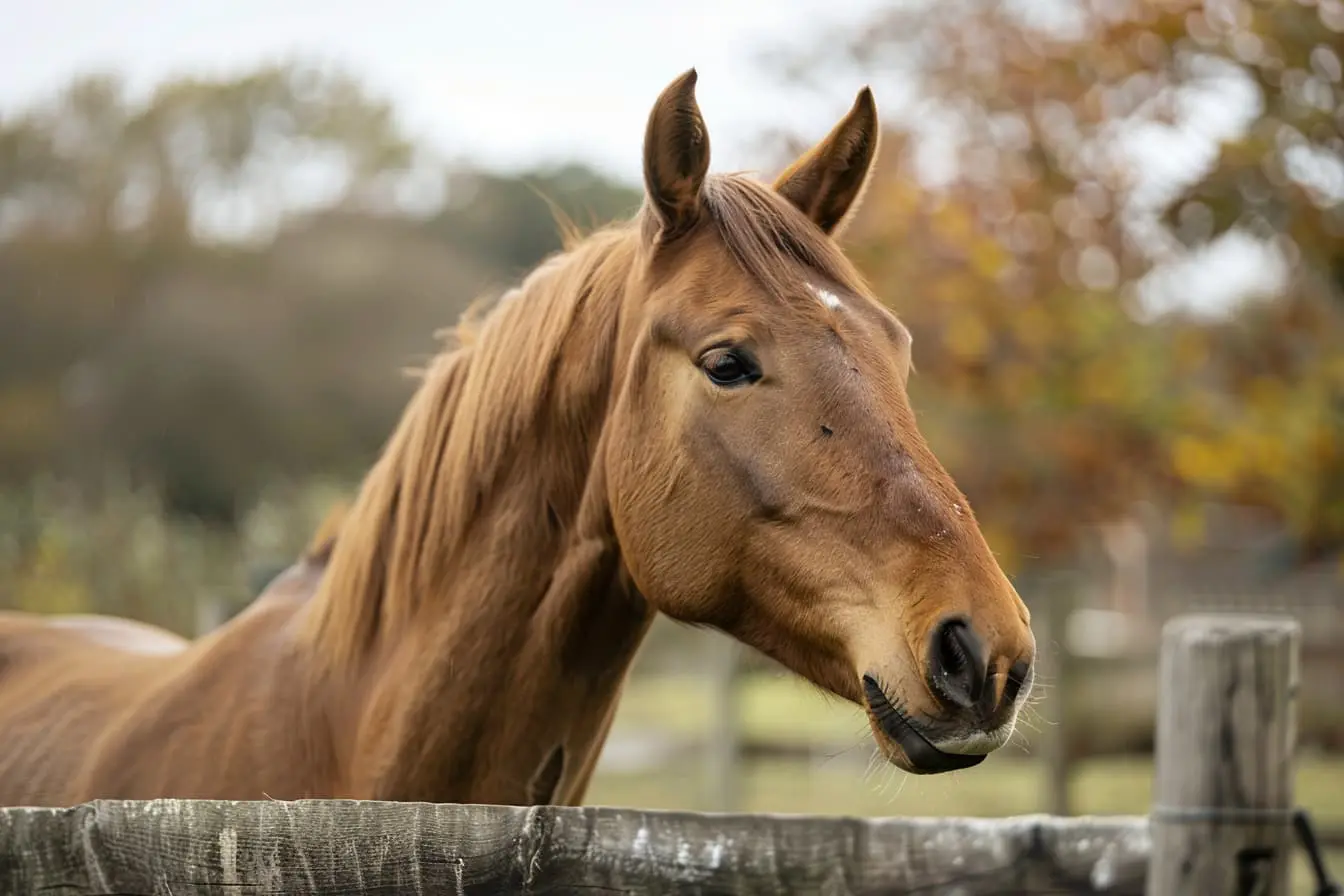
The Fell Pony: A Guide for Prospective Owners
Embarking on the journey of horse ownership is a thrilling adventure, and selecting the right breed is paramount to forging a lasting and fulfilling relationship with your equine companion. The Fell Pony, with its striking presence, resilience, and versatility, offers a unique option for both novice and experienced horse enthusiasts alike. This detailed guide aims to explore the ins and outs of the Fell Pony breed, providing prospective owners with the necessary insights to determine if this noble breed aligns with their equestrian aspirations.
Introduction to the Fell Pony
Historical Background
The Fell Pony hails from the north of England, predominantly from the fells of Cumbria. With a heritage stretching back to Roman times, this breed has been shaped by the harsh landscapes of the region, known for its resilience and hardiness. Historically used for ploughing, driving, and pack work, the Fell Pony has evolved into a versatile breed, excelling in driving, showing, jumping, and dressage.
Breed Characteristics
Fell Ponies typically stand at 13 to 14 hands high, making them a sturdy and robust mid-sized breed. They are most commonly black, though grey, bay, and brown coats are also seen. Their thick mane, tail, and feathering around the feet not only add to their beauty but also provide protection against the elements. Fell Ponies are known for their intelligent, kind, and willing nature, making them suitable companions for adults and children alike.
Ownership Considerations
Care and Maintenance
Despite their hardy nature, Fell Ponies require regular care and maintenance. This includes routine grooming, hoof care, and dental checks. They are relatively easy keepers, thriving on less rich diets than many other breeds, but owners must be vigilant about the risk of obesity and related health issues.
Health and Welfare
Fell Ponies are a generally healthy breed with a long lifespan, often living well into their twenties. They can be prone to certain conditions like laminitis, so a well-managed diet and regular exercise are key to maintaining their health.
Training and Activities
The Fell Pony's versatility makes it an excellent choice for a wide range of equestrian activities. They are well-suited to competitive disciplines such as dressage, jumping, and driving, as well as being reliable mounts for trekking and hacking. Their gentle temperament and eagerness to please make them a joy to train and work with.
Financial Consideration
Prospective owners should carefully consider the financial commitments of horse ownership. This includes the initial purchase cost, ongoing expenses for feed, veterinary care, farriery services, and potentially boarding fees if you do not have your own land. While Fell Ponies are not exceptionally costly to maintain, they do require a long-term financial and time investment.
Making the Decision
Choosing to bring a Fell Pony into your life is a decision that offers immense rewards. Their adaptability, friendly nature, and striking appearance make them beloved companions. However, it's important to realistically assess whether you can meet their needs and provide a loving, attentive home.
For those considering a Fell Pony, engage with breed associations, visit breeders, and if possible, spend time with these ponies to gain a deeper understanding of their temperament and care requirements. This firsthand experience can be invaluable in making an informed decision.
In conclusion, the Fell Pony represents an exceptional choice for new and experienced horse owners seeking a versatile, hardy, and engaging equine partner. With the right preparation, commitment, and care, owning a Fell Pony can be a deeply rewarding and enriching experience, offering years of companionship and equestrian enjoyment.
Vets near you
Speciality vets
- Aquatics vet specialists
- Birds vet specialists
- Camelids vet specialists
- Cats vet specialists
- Cattle vet specialists
- Deer vet specialists
- Dogs vet specialists
- Equines vet specialists
- Exotic vet specialists
- Goats vet specialists
- Pigs vet specialists
- Poultry vet specialists
- Sheep vet specialists
- Small Mammals vet specialists
- Wild vet specialists



